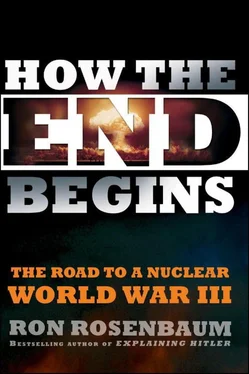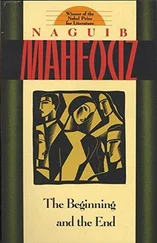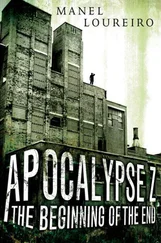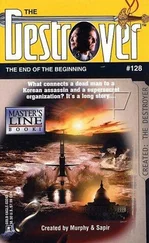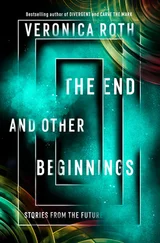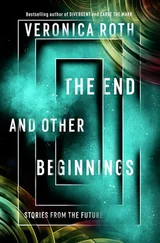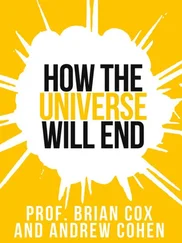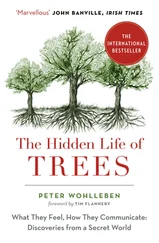When I began writing this book in that watershed year of dawning nuclear war danger, 2007, not many people seemed to share my alarm. Like me, till my wake-up call, most people thought we’d said “goodbye to all that” after the Cold War ended in 1991. We had other things to worry about.
“Nuclear holocaust”—that dreadful compression of the twentieth century’s two worst inventions—seemed to be fading into the shadows with the other dread verbal formulations that accompanied it, such as the fate in which “the survivors envy the dead.”
And then there is the phrase from that era that may be the ne plus ultra encapsulation of the ultimate end of nuclear war: “the death of consciousness.” No one around to notice that there was no one else around.
I hate to be the bearer of bad news but we will have to think about the unthinkable again. But there’s a new unthinkable in town: nuclear disarmament. Not a brand-new unthinkable concept, but newly thinkable because it’s being pushed by the new president. The controversy over why Barack Obama got the Nobel prize so early in his presidency obscured something that was hiding in plain sight: the very first sentence of the citation he received for his Nobel Prize, which gave “special importance to Obama’s vision and work for a world without nuclear weapons.”
The Oslo committee members seemed to be reflecting the growing worldwide alarm over the return of nuclear war fear. In other words the prize may have been a hasty gesture because they were scared and knew time was running out on us again and it was a way of sending up a signal flare that the struggle for nuclear disarmament was relevant, urgent again.
Until recently, nuclear disarmament had been relegated to the scrap heap of Cold War–nuclear freeze–Jackson Browne–tie-died-hippie–no nukes nostalgia. It took the president of a nuclear superpower to rescue it for serious consideration. No small accomplishment.
So far whatever you think of him or the idea, Obama has been dogged about it. He declared in Prague on April 5, 2009, he wanted to see a world “without nuclear weapons,” and that even if it didn’t happen in his lifetime, the time to start was now. He made the same no nukes declaration in July, in London with Russian president Dmitri Medvedev joining him. It was a feature of his speech in the U.N. General Assembly on September 23, then the very next day he chaired a Security Council meeting on nuclear disarmament. On October 9 they gave him the Nobel, making it clear in the citation that it was not when he was nominated (February) but what he’d done since then was responsible for the prize.
Yes, it was an “aspirational” goal, an aspirational award some might say, gestural and all that… but it’s hard to disagree with Joseph Cirincione, an arms control specialist in the Clinton administration, that it was a targeted gesture. [57]“This is not about Obama. It is not about Bush. It should not be about domestic partisan politics, nor about who has the sharpest sound bite. This is about Iran being a few years away from a nuclear bomb. This is about Al Qaeda being a few kilometers away from Pakistan’s nuclear bombs. This is about 23,000 hydrogen bombs in the world ready to use, thousands in U.S. and Russian arsenals still ready to launch in 15 minutes. Understand this: These threats have grown over the past 10 years. Our policies are not working. They are making the problems worse. We have to change course.”
But Obama is up against an entrenched nuclear establishment that has its own self-preservationist agenda. Recent reports suggest he may be opposed by his own defense secretary, Robert Gates, and Gates’s Pentagon allies, many of them holdovers from the Bush administration. If Obama’s serious about disarmament, he needs a Zero czar.
His dream of Zero quickly turned into the beginning of what may be a full-fledged battle. Indeed I witnessed firsthand the first counterstrike in Omaha. (See chapter 3.) Obama’s Prague speech in April 2009 led the Pentagon and the nuclear industrial complex to amass its phalanxes of forces in a supersized conference hastily called by the U.S. Strategic Command, STRATCOM, which has charge of all our nuclear forces. In July 2009 I attended the STRATCOM push-back conference in which they summoned the nuclear elite not just of this nation but of every major nuclear power, including India and Pakistan, to Omaha, site of the nuclear command post beneath adjacent Offutt Air Force Base, the super-hardened megaton-resistant underground labyrinth that is one of the shrines of the nuclear priesthood.(See chapter 3.)
The conference—held in the aircraft carrier-size Omaha Qwest Center Convention Hall—was called the First Annual Strategic Deterrence Symposium. The fact that it was conspicuously named “First Annual” implicitly suggested there would be many “annuals” to come in an unceasing attempt to rescue nuclear deterrence and nuclear weapons policy from Obama’s abolitionist designs. These nuclear commanders were not going to be zeroed out by Obama’s Zero campaign. Is MAD dead? No, said the four-star brass and the defense intellectuals. Cold War MAD may be on life support but the vogue term was “tailored deterrence.” We’re going to modernize and refine and tailor nuclear deterrence, the STRATCOM panelists declared at the Omaha conference.
It was only when coming home from that Omaha conference that I realized a historic struggle was developing, possibly the last chance, as they say, to put the nuclear genie back in the bottle, or as I prefer it, to save the nuclear Faust—us—from the flames of hell. The future is being decided now. Urgent debates unresolved by the “holiday from history” are being reinvigorated by the challenges of the second nuclear age. It may well be now or never. There is never likely to be another confluence of superpower president and an arms race on the brink of, but not quite, out of control. One or both factors may change for the worse at any moment. Later is likely to be too late.
Do you recall the end of the great nuke porn movie On the Beach? The last living human has died and in the empty streets of a radiation-poisoned Australian city the only human voice heard is the tinny static from the expiring battery of an abandoned revivalist truck loudspeaker. It is a tape stuck on the phrase “There’s Still Time Brother,” which echoes to the emptiness.
There may still be time. But not much.
CHAPTER TWO
MAJOR HERING’S FORBIDDEN QUESTION
In late 1973 a Minuteman missile crewman in training, Major Harold I. Hering, asked a Forbidden Question. He was swiftly yanked out of missile crewman class and consigned to a desk job on the way to being cashiered out of the service after two years of failed appeals. Major Hering’s career-ending question, one that should earn him a previously unrecognized and heroic place in nuclear history, was this: “How can I know that an order I receive to launch my missiles came from a sane president?”
I first came across the affair of Major Hering’s question when its denouement surfaced in a brief wire service story on an inside page of the New York Times on January 13, 1975. The story announced the results of Major Hering’s appeal: AIR FORCE PANEL RECOMMENDS DISCHARGE OF MAJOR WHO CHALLENGED “FAILSAFE” SYSTEM.
It wasn’t actually the working of the fail-safe system that the major had challenged—it was its very foundation. The fail-safe system was designed to ensure two things: that no unauthorized person would ever be able to order a nuclear strike of any kind and, its often forgotten corollary, that a strike ordered by the president (or his successor, in case the top of the chain of command had been “decapitated”) would unfailingly be carried out at his command. No questions asked.
Читать дальше
